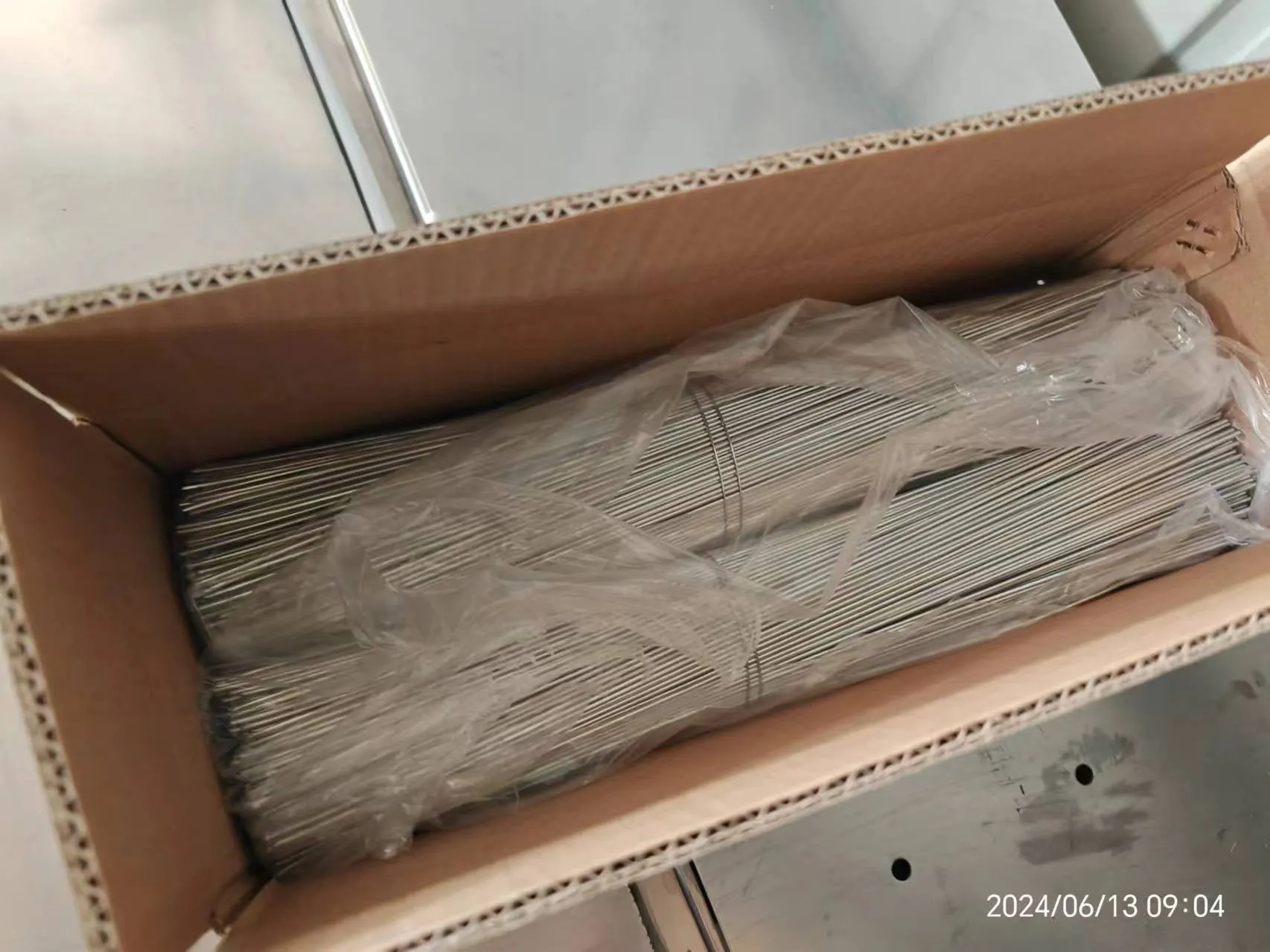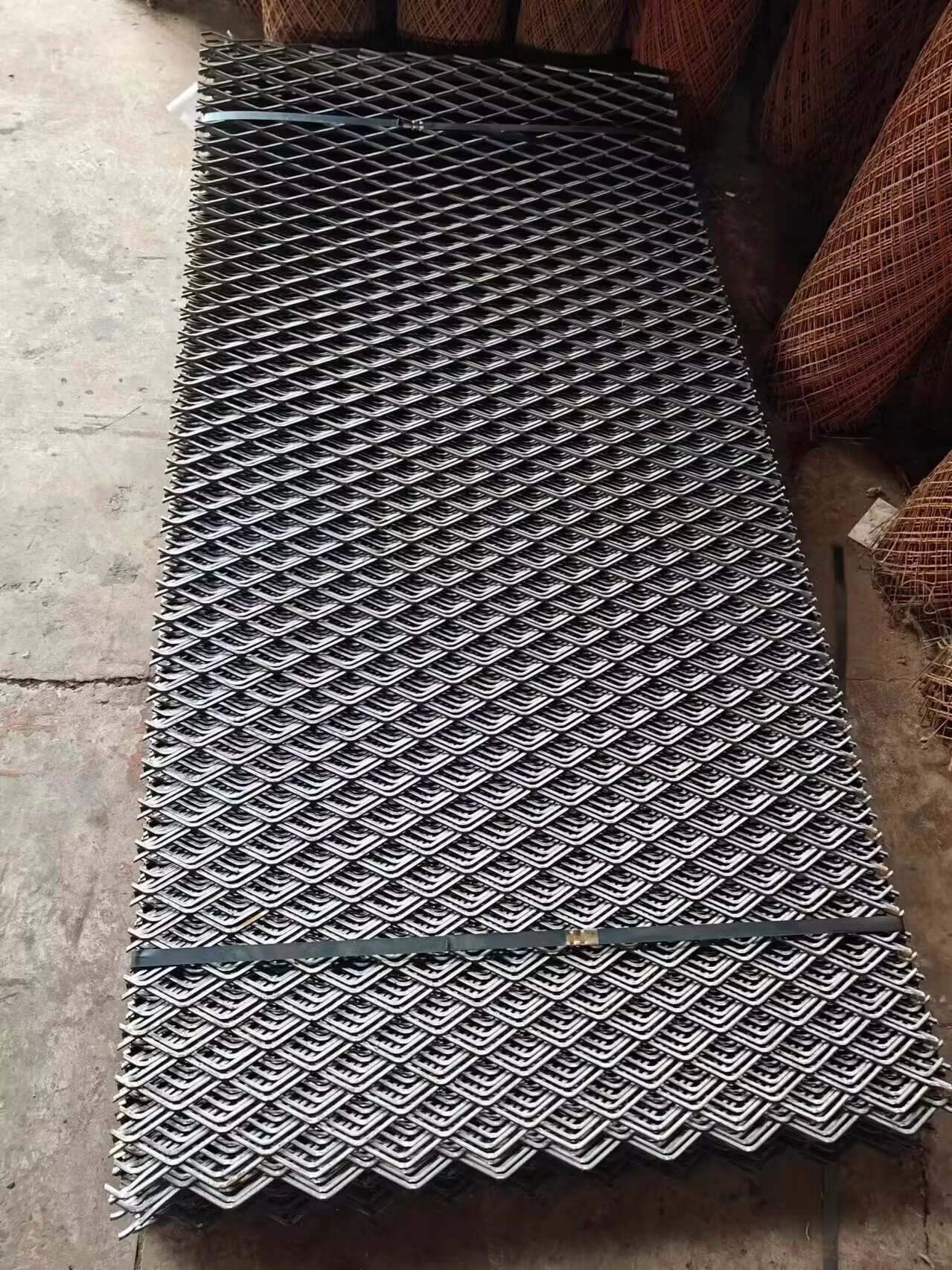

Cut Nails An homage to traditional craftsmanship, cut nails provide a vintage aesthetic appeal with their rectangular shape. Historically significant in 19th-century constructions, they continue to be utilized in restoration projects for their historic authenticity. The recent resurgence in interest highlights their enduring appeal, and trusted applications, from flooring to clapboard siding, reflect their multifaceted utility. Spiral Nails Recognized for their helical shape, spiral nails provide superior holding power by creating a thread-like effect in the substrate material. This design counters the natural tendencies for nails to loosen over time due to wood's natural expansion and contraction. Their application is paramount in projects where long-term stability is crucial, embodying an evolved understanding of material interactions. Annular Ring Nails Often used in hardwood flooring, annular ring nails possess ridged shanks that ensure steadfast grip once driven into the material. Their engineering reflects advanced knowledge in mechanical bonding, offering solutions for surfaces prone to dynamic pressures. They are not just nails but guards against the encroaching forces of time and wear. Roofing Nails These nails are defined by their large heads and short shafts, designed specifically to secure roofing materials like shingles and sheet metal. The priority here is preventing leaks and holding fast against environmental elements, a testament to the expertise imbued in their construction. Galvanized coatings further substantiate their resilience against corrosion, bolstering their reputation in exterior applications. In addressing the myriad types of iron nails, one must appreciate the blend of tradition and innovation each represents. The decision to use a particular nail involves understanding not only the physical aspects of the materials being joined but also recognizing the cumulative expertise encapsulated in each type. This discernment transforms a simple nail into a cornerstone of craftsmanship, ensuring structures are not merely built but endure. Whether working on a contemporary architectural masterpiece or restoring a piece of history, iron nails remain a testament to human ingenuity and the quest for lasting solutions.

















